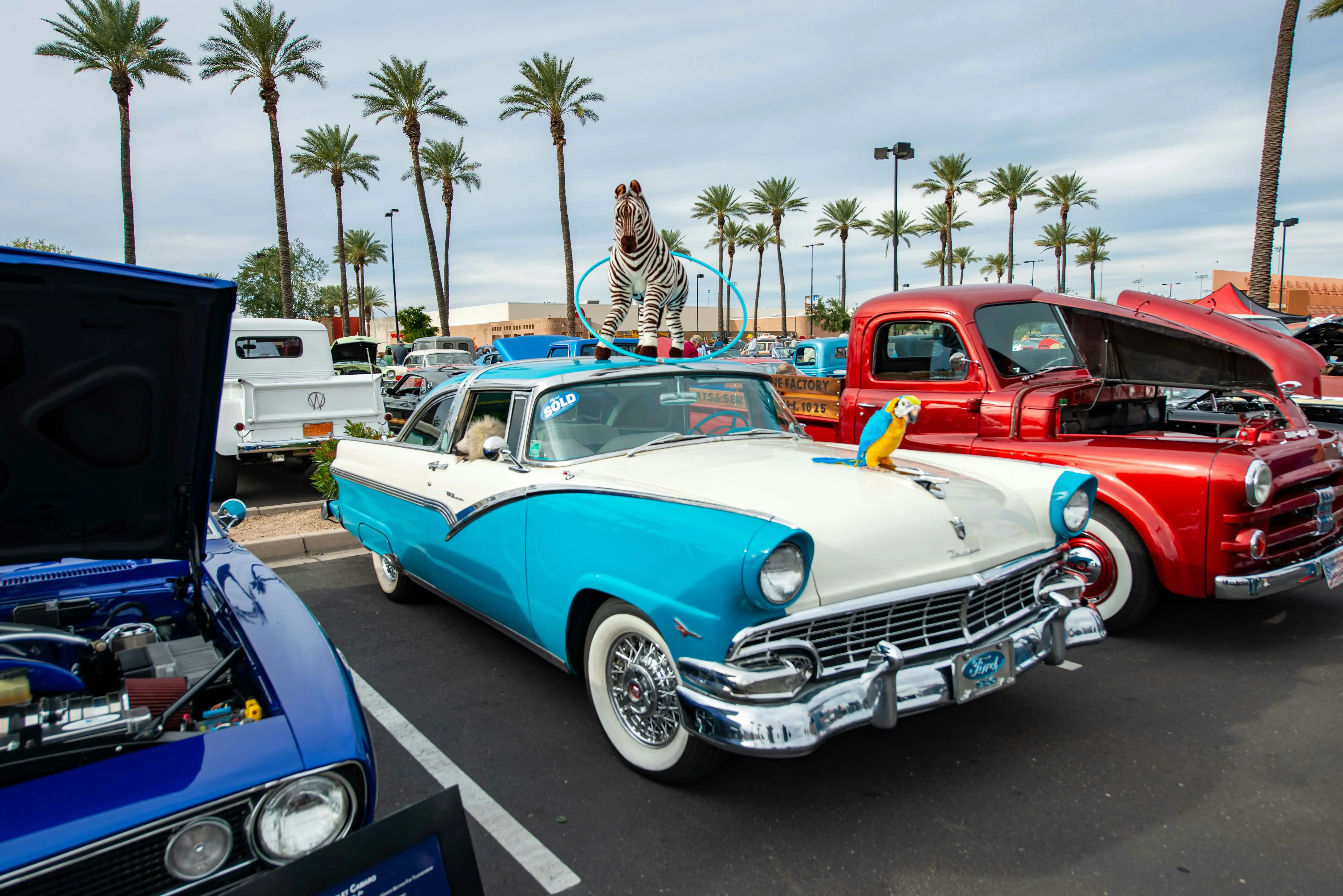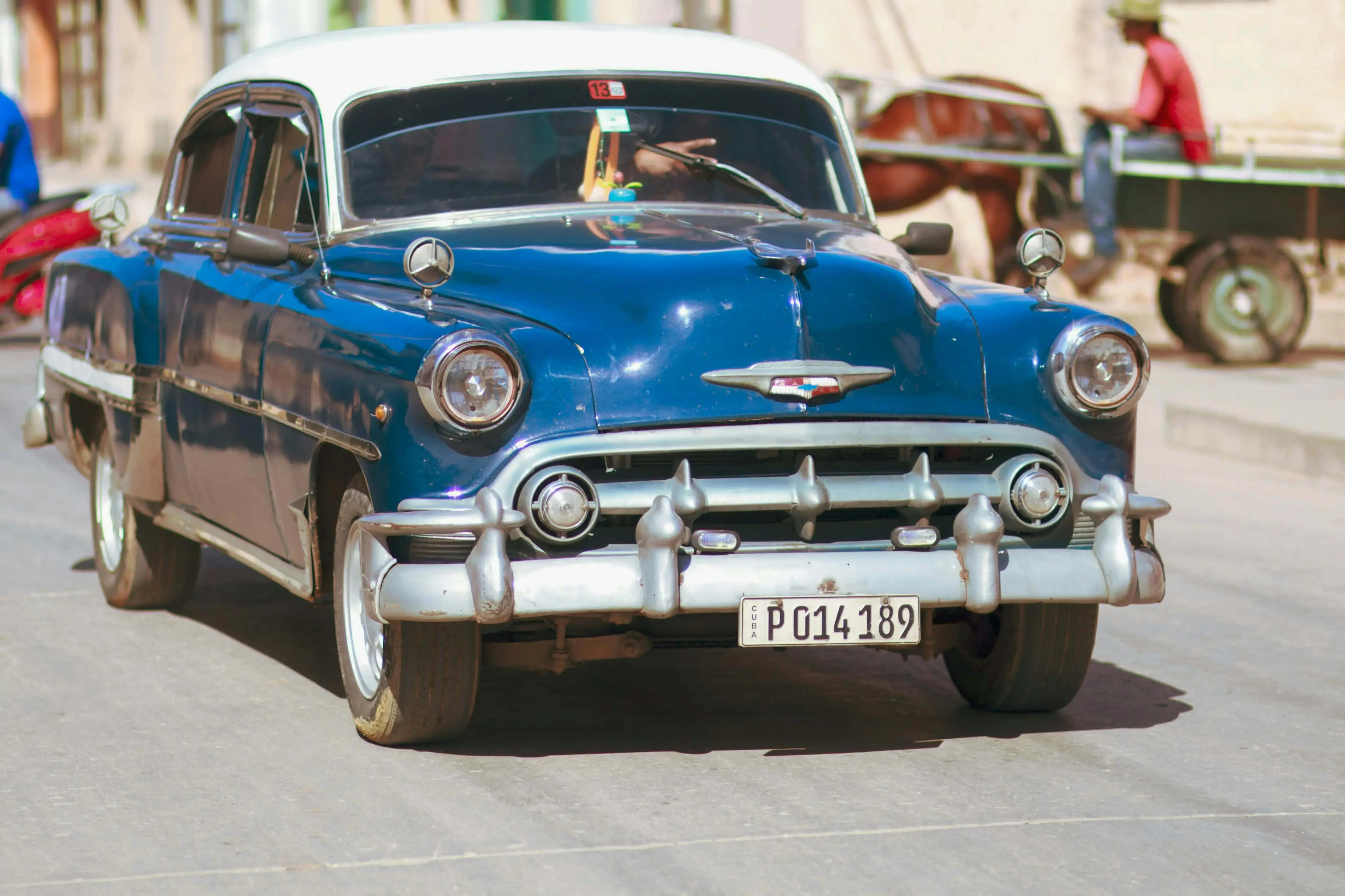How To Safely Ship A Non-Runner Or Project Car From The UK To The U.S.
Shipping a non-running or project car from the UK to the USA opens up restoration possibilities and access to rare vehicles—but requires specialized planning and attention to detail. If your car doesn’t run, lacks crucial components, or is mid-restoration, container shipping with expert handling is the safest, most cost-effective solution. Here’s how to ensure your project car arrives in the United States protected, compliant, and ready for its new life.
Why Container Shipping is Essential for Non-Runners & Projects
Unlike operational vehicles, non-runners cannot be driven onto ships or trailers. This rules out standard RoRo (Roll-on/Roll-off) methods. Instead, professional container shipping is vital, providing
-
Forklift or winch loading for cars that won’t start, roll, or steer
-
Secure strapping and bracing for bare chassis, shells, or cars missing wheels or suspension
-
Full enclosure during the ocean crossing to avoid weather, salt, and unauthorized handling
-
Scheduling flexibility, with weekly consolidated or dedicated container options
Learn more about containerized UK-to-US project car shipping.
Preparation: What to Know Before Shipping
Documentation
A smooth UK to USA non-runner shipment requires:
-
Original UK title (V5C) or export certificate
-
Bill of sale and commercial invoice
-
Photo ID: Non-U.S. citizens submit a passport. U.S. residents/businesses submit an EIN letter or SSN for AES customs filing. When shipping on behalf of a business/client, customs brokers may require EIN authorization paperwork.
-
Export declaration (UK) & ISF filing (U.S.)
-
For cars under 25 years old—EPA and DOT compliance docs, or Registered Importer (RI) approval are mandatory. Cars 25 years and older qualify for the U.S. 25-year exemption (EPA/DOT paperwork simplified)
Mechanical Prep
-
Stabilize and drain fluids (fuel to <10%)
-
Secure loose or removed parts; box and label for easy customs review
-
Photograph the car’s current condition to provide an arrival baseline for U.S. customs and DMV inspection
Special Equipment
Non-runners might need:
-
Forklift loading for shell-only or engine-out projects
-
Cradle carts or wheel dollies for vehicles that do not roll or steer
-
Extra labor for “roll and steer” guidance if brakes or steering are nonfunctional
Container Loading, Protection & Bonded Storage
Professional Handling
WCS and similar specialists use custom strapping, padding, and blocking to ensure shells, incomplete bodies, or partial builds are loaded securely. Containers are sealed after UK loading and only opened in the USA post-clearance—reducing the risk of delay or accidental damage.
Customs/Bonded Warehouse Option
Should there be a VIN discrepancy or any documentation challenge on arrival, your car can be placed into a bonded warehouse—a secure customs-approved facility—while supporting paperwork or clarifications are provided. This solution avoids demurrage and port congestion fees, and enables speedy release once issues are resolved.
U.S. Arrival: Customs, Duties, and Compliance
-
Cars 25 years and older are exempt from DOT and EPA modification. Submit EPA form 3520-1 and DOT HS-7 (Box 1).
-
Modern/project cars under 25 years require proof of conformity to FMVSS and U.S. emissions, or RI conversion (costly and time-consuming).
-
Importers should provide the actual transaction value, supported by invoices, listings, or appraisals.
Common U.S. duty is 2.5% of the vehicle's value (under HTS code 8703.23.x), calculated on the transaction amount, but double-check your category if your vehicle is a truck, van, or classic.
Delivery & Next Steps
-
After customs release, coordinate pickup or inland delivery from port or bonded warehouse to your restoration facility or home
-
Plan for DMV registration or classic/historic plating—have original UK title, bill of sale, and proof of customs clearance at hand
-
Classic/project cars can qualify for historic registration in many U.S. states after compliance confirmation
Key Pro Tips
-
Notify your shipping company in advance if your car is immobile, has missing parts, or needs forklift loading
-
Ship loose items or parts in labeled boxes within the same container
-
Use bonded storage only if customs paperwork or VIN issues occur—not as a planned step (it incurs fees, but is a valuable safeguard)
-
Document condition thoroughly with dated photos for customs and DMV
Full how-to and container options at the UK car shipping hub.
Start Your UK-to-US Project Car Shipping Quote
Plan your non-runner or project car shipment with the experts—get instant container rates, equipment consultation, and compliance paperwork support now.
You May Also Like
These Related Stories

How To Source Salvage Cars In Bulk In The US & Prepare Them For Ghana

Ship Cars To Australia From USA: Breakdown Of Costs

-093789-edited.png?width=220&height=79&name=wcs_final_logo_(1)-093789-edited.png)
